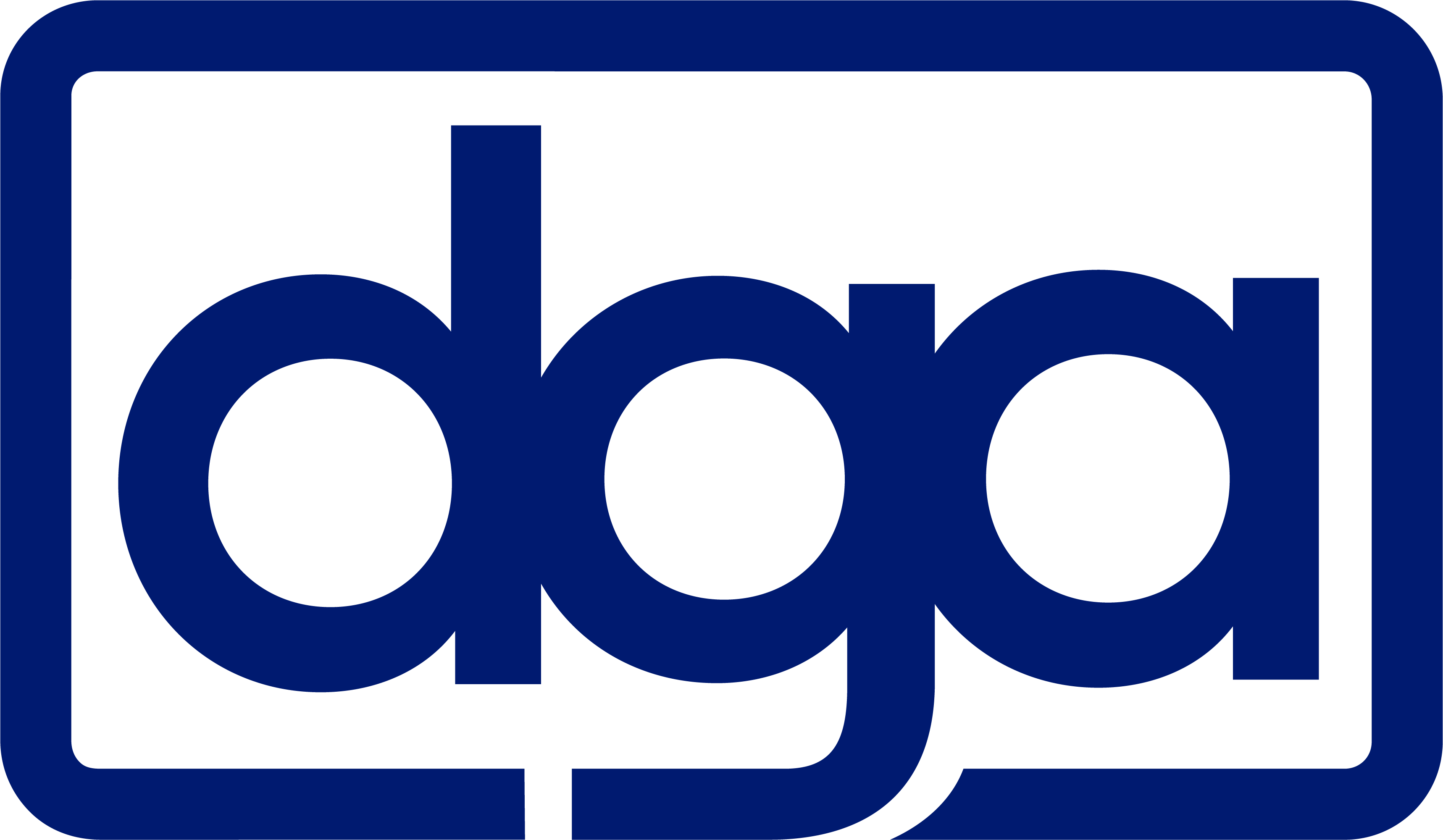RERELEASED: DGA and DemGovs Show Roadmap for 2020 Success
To: Interested Parties
From: Marshall Cohen, DGA Political Director
Memo: RERELEASED: DGA and DemGovs Show Roadmap for 2020 Success
Date: July 30, 2019
As the Democratic presidential primary continues to evolve, Democratic governors’ victories in 2018 are being recognized as the roadmap to win back the White House in 2020. This week, candidates take the debate stage in Michigan – a state that proves the strategy used by 2018 gubernatorial candidates can win back the states lost in 2016.
As Washington Post’s Karen Tumulty stated in her recent column, the 2018 Democratic victories in states like Michigan should give Democrats hope, but “their chances to do so will be better if they take a page from the playbook of Michigan’s new governor, Gretchen Whitmer.”
The same critical issues that resonated in 2018 are continuing to define the 2020 presidential race. The contest will come down to who voters believe best understands these issues and can offer up the practical solutions that best address the challenges American families face.
The historic success of the Democratic Governors Association in the 2017/2018 election provides an example of a path to victory in 2020. Democratic governors won in states across the map, from Kansas to New Mexico to Maine, including four states won by President Trump in 2016.
As the 2020 contest continues to heat up, presidential candidates should look to Democratic governors’ success in 2017 and 2018 and how they are governing by getting things done. That is the best road map to the White House.
The 2017/2018 cycle
The Democratic Governors Association saw historic gains during the 2017/2018 cycle. A record seven seats were flipped to Democratic control on Election Night 2018, while nine open or incumbent Democratic seats were protected. In 2017, the DGA won both Virginia and New Jersey. After our huge wins, a majority of Americans are now represented by a Democratic governor.
Most notably, four of the wins in 2018 were states carried by President Trump in 2016 – Michigan, Kansas, Wisconsin, and Pennsylvania, and since 2016 the DGA has won seven states where Trump picked up electoral college delegates.
What worked
The success of Democratic gubernatorial candidates across a diverse spread of states showed that a campaign focused on the kitchen table issues voters care about paves a path to victory. A message centered around protecting and expanding access to health care, investing in public education, and creating economic security resonated with voters from Oregon, to Nevada, to Michigan, to Maine.
Once in office, Democratic governors’ priorities have remained tied to these key campaign promises. Governors don’t have the luxury of pontificating without taking action. Voters expect and demand results.
As legislative sessions wrap up around the country, Democratic governors are ushering through historic investments in education, policies aimed at protecting and expanding access to health care, and strengthening their states’ economies through job training and increases to the minimum wage.
The roadmap: messaging and action
Health care:
What they ran on:
- Candidates tapped into worries about the increasing fragility of access to affordable, quality care. Republican governors blocked Medicaid expansion and fought the ACA, while GOP candidates threatened to rip away coverage from hundreds of thousands of families. Democratic campaigns focused on plans to increase access to care while promising to codify key protections of the ACA and protect voters from the Trump administration’s harmful policies.
What’s getting done:
- MAINE – Gov. Janet MILLS expanded Medicaid on her first day in office, fulfilling a campaign pledge and respecting the will of Maine voters.
- NEVADA – Gov. Steve SISOLAK codified the ACA granted protections for individuals with pre-existing conditions into state law.
- COLORADO – Gov. Jared POLIS signed legislation targeting surprise billing by medical providers.
- WISCONSIN AND KANSAS– Gov. Tony EVERS and Gov. Laura KELLY continue to fight for Medicaid expansion despite the GOP-controlled state legislature’s strong opposition. Evers’ plan would put an estimated 82,000 more people on the program while Kelly’s plan would cover an addition 150,000 Kansans.
Education:
What they ran on:
- Concerns over the condition of public schools and the lack of funding for classrooms were amplified in 2018 by the #RedforEd movement around the country. Republican governors showed their true priorities by cutting education budgets and leaving public schools behind. Democratic gubernatorial candidates responded by promising increases in education funding and teacher pay raises.
What’s getting done:
- MICHIGAN – Gov. Gretchen WHITMER’s proposed budget includes the largest investment in public school operations in a generation of students.
- NEW MEXICO – Gov. Michelle LUJAN GRISHAM signed a six percent pay increase for all public school staff into law.
- NEVADA – Gov. Steve SISOLAK signed the largest public education budget in Nevada’s state history. The funding also includes a salary raise for all Nevada public school educators.
- KANSAS – Gov. Laura KELLY signed a bipartisan law in April that increases the state’s education funding by roughly $90 million a year. The new law led Kansas’ Supreme Court to declare the state was finally spending enough money on its public schools after almost a decade long legal battle.
Economic security:
What they ran on:
- Republican governors had ignored or been slow to respond to stagnant wages, limited worker benefits, and a shifting economy without a qualified workforce to keep up. Voters were concerned not just about whether they could take time off in their current job to care for a sick kid, but if their skills would be in demand through retirement. Democratic candidates focused on what was needed at every level to build a diverse economy – from investments in the workforce to big plans for infrastructure projects to increasing renewable energy projects in their states.
What’s getting done:
- PENNSYLVANIA – Gov. Tom WOLF included an additional $10M in funding for Career and Technical Education programs in his 2019-2020 budget. State lawmakers supported the governor’s 2018 budget proposal for an initial $10M increase in vocational funding – the first increase in almost a decade.
- MAINE – Gov. Janet MILLS has signed legislation advancing Maine’s offshore wind industry including a statewide initiative and participation in a federal task force.
- MICHIGAN – Gov. Gretchen WHITMER continues to push for a substantial increase in infrastructure funding to fix the state’s notoriously bad roads and bridges.
- NEW MEXICO – Gov. Michelle LUJAN GRISHAM secured $10M in funding for the state’s Job Training Incentive Program to help expand the state’s economy into rural areas and new industries.
- CONNECTICUT – Gov. Ned LAMONT signed legislation increasing the minimum wage to $15/hr by 2023.
Key points:
- The kitchen table issues that ushered Democratic gubernatorial candidates to victory in 2018 continues to resonate in 2019 and will be huge factors in 2020.
- The Democratic Governors Association’s historic 2018 election cycle across a diverse range of states should be seen as a roadmap to the White House in 2020.
- The Democrats’ 2018 victories in four Trump states – Michigan, Kansas, Wisconsin, and Pennsylvania – shows that a campaign focused on health care, education, and the economy wins over voters who Democratic presidential candidates need to win.
- Democratic governors are continuing to stay focused on these issues while in office. Their accomplishments in key policy areas should be looked to for examples of how Democrats can lead.
- In the era of Trump and dysfunction in D.C., Democratic 2020 contenders should look to the states to see how Democratic governors are standing up to Trump and his policies, exemplifying successful leadership, and shaping our party’s future.
- Democratic 2020 contenders should take note of how these governors won and what they’re doing now that they’re in office to help shape a successful 2020 campaign.

